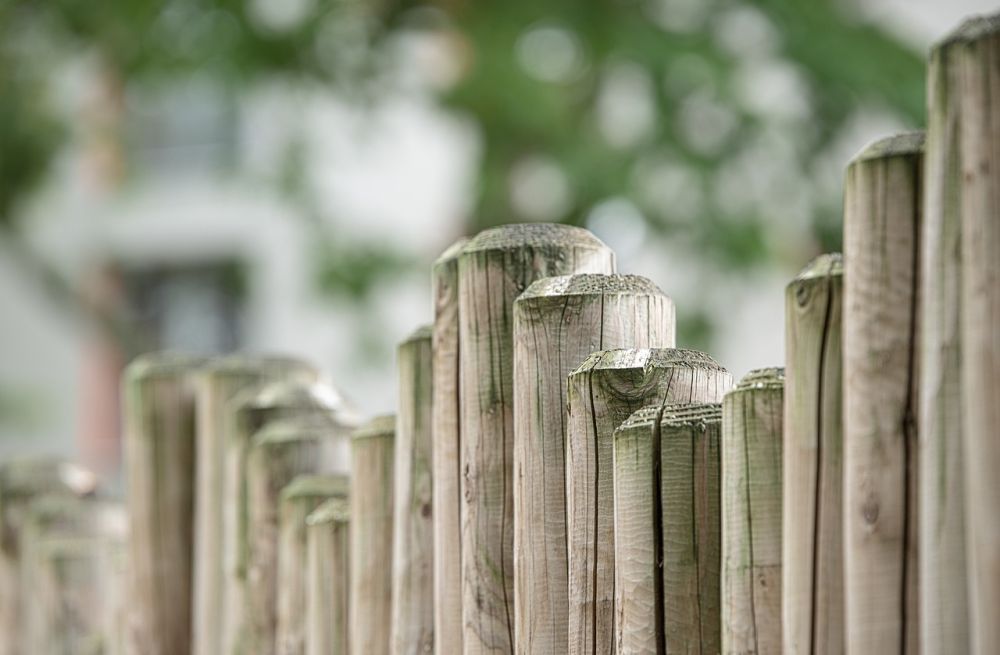
Pressure Treated Wood Fence: Everything You Need to Know
Wood fence is one of the most popular privacy fence options in many parts of the world. It looks good, the materials are readily available, and you can create a huge variety of wood fence designs.
However, unlike some fence systems like vinyl fence and composite fence systems, a wood fence is susceptible to the elements, and to rot, insects and other threats. Pressure-treated wood fence is a product that is a little more resistant to those things and that usually has a longer lifespan. Here’s what you need to know.
What Does Pressure Treated Wood Mean?
The first thing you might be wondering when you hear about pressure-treated wood fence is what exactly that means.
The answer is that it’s pretty much what it sounds like. Wood is treated with special chemicals that are applied to the wood under pressure, forcing it into the wood product.
Before wood is pressure treated, it is usually dried naturally or in a kiln to remove excess moisture and then usually placed in a vacuum chamber, which also removes air from the wood. Finally, the chemicals are applied.
Pressure-treated wood is also sometimes called tanalized or tanalith treated, although tanalith is a brand name for a brand of chemicals.
How Much Longer Does Pressure Treated Wood Fence Last?
The next question many people have when talking about pressure-treated wood is how long it actually extends the life of the wood.
According to the lumber suppliers, while untreated wood might last ten years, pressure-treated wood installed under the same conditions could last up to 40 years.
Of course, it depends on a lot of things, from where you live and what the climate is like to how your fence is built, but it’s safe to say that a pressure-treated wood fence will last many times longer than an untreated wood fence.
How Can You Tell That Your Fence Is Pressure Treated?
As you can imagine, pressure-treated wood typically costs a little more than untreated wood because it is a more durable product and because there’s more processing involved in its manufacture.
So if you’re told you’re getting a pressure-treated wood fence, you want to be sure you actually do!
The simplest way to tell if your fence is pressure treated is to look a the wood. Pressure-treated wood is usually greenish, thanks to the chemicals used to process it.
What Kinds of Wood Are Pressure Treated?
The next thing you might be wondering about pressure-treated wood fence is what kinds of wood are treated this way.
In most cases, the wood that is pressure treated is ordinary construction lumber – spruce, pine and other fast-growing softwoods that are used to build outdoor structures.
Cedar, which is another popular choice for wood fence, is naturally bug resistant and does not need to be treated with chemicals to protect it. So it’s very likely that the pressure-treated wood in your area will be whatever types of wood are most commonly used to build decks, fences and similar structures.
Can Pressure Treated Wood Be Stained or Painted?
Many people who do choose a wood fence for their property also choose to stain or paint their fence to improve the appearance.
The good news is that pressure-treated wood fence can be stained or painted as you would any other type of wood fence.
What Else Do You Need to Know About Pressure Treated Wood Fence?
Now that you know how pressure-treated wood fence is made, why it’s a good choice for wood fence if you need something durable and what kinds of wood are usually pressure treated, there are only a few other things you need to be aware of.
One is that treated wood can release toxic fumes when burned, so if you have any offcuts, don’t add them to your next bonfire!
Another is that the chemicals used to treat wood fence cause ordinary nails and screws to corrode faster. So if you plan to use pressure-treated wood for your fence, you will need to use specially coated hardware so that it will last as long as the rest of your fence.


